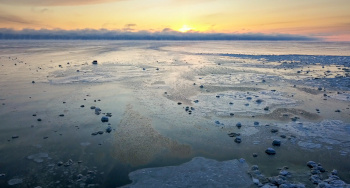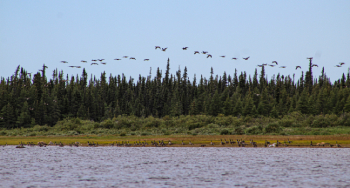
Creating new national marine conservation areas in Canada
A national marine conservation area (NMCA) is a type of marine protected area that protects and conserves representative marine areas for the benefit, education and enjoyment of all.
New NMCAs are established and managed by Parks Canada and partners and contribute toward the long-term goal of establishing at least one NMCA in each of the 29 marine regions in Canada.
NMCA candidate sites
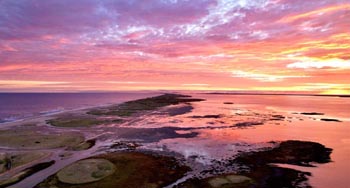
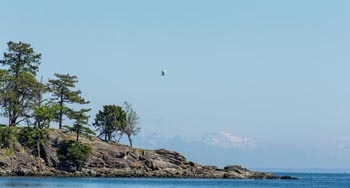
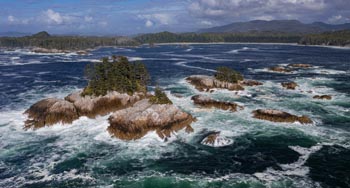
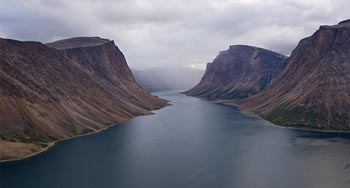
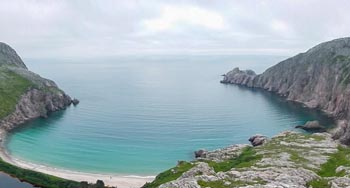
Steps to create a new NMCA
The establishment of a new NMCA generally follows a 5-step process. The establishment process for each NMCA is as unique as its features and considerations. As such there is no specific timeframe for moving through the process.
-
1 Identify representative marine areas
-
2 Select a candidate NMCA
-
3 Assess feasibility of an NMCA
-
4 Negotiate establishment agreement(s)
-
5 Designate and protect NMCA in legislation
1. Identify representative marine areas
Through scientific analysis, areas are identified that are representative of the marine region and in a natural state. This step takes into consideration:
- geologic features (such as cliffs, beaches, and islands on the coast; and shoals, basins, troughs and shelves on the seabed)
- marine features (tides, ice, water masses, currents, salinity, freshwater influences)
- marine and coastal habitats (wetlands, tidal flats, estuaries, high current areas, protected areas, inshore and offshore areas, shallow and deep water areas)
- biology (plants, plankton, invertebrates, fish, seabirds, and marine mammals)
- cultural and historic features
2. Select a candidate NMCA
From the list of representative marine areas identified in step 1, a candidate area is selected that, to the extent possible, best represents an un-represented or under-represented marine region’s natural, physical, and cultural characteristics.
Parks Canada also considers candidate area proposals advanced by Indigenous Peoples, other levels of government, stakeholders, and the public, and explores opportunities to enable and advance marine Indigenous Protected and Conserved Areas.
3. Assess the feasibility of an NMCA
The feasibility and desirability of establishing a potential NMCA is assessed through studies and extensive local consultations that require cooperation and collaboration with:
- Indigenous partners and rights holders
- local communities and regional stakeholders
- provincial or territorial governments
- other federal departments
A feasibility assessment looks at:
- opportunities for Indigenous collaborative management, traditional use, and stewardship
- contribution to the well-being of Indigenous Peoples and coastal communities
- conservation of cultural heritage
- the importance of the area for biodiversity
- feasibility of protecting critical habitats of endangered species
- threats to the sustainability of marine ecosystems
- other existing or planned protected areas and opportunities to increase connectivity
- minimizing conflict with resource users
- potential for education and enjoyment
- value for ecological research and monitoring
If it is agreed that an NMCA is feasible and desirable, the process moves to the negotiation phase.
4. Negotiate establishment agreement(s)
Agreements are negotiated to set out the terms and conditions under which the NMCA will be established and managed. A site is declared ‘established’ and the marine region(s) represented when the necessary agreements are signed.
5. Designate and protect NMCA in legislation
The final step secures legal protection of the site through its designation under the Canada National Marine Conservation Area Act, or under mirror or joint legislation. While designation is being sought, Parks Canada and its partners work to develop and operationalize the site.
Related links
- Find a national marine conservation area
- Map of national marine conservation areas, national marine...
- National Marine Conservation Areas System Plan
- National marine conservation areas policy and regulations
- More national marine conservation areas for healthier...
- Testing the waters: one advisor's role in creating new...
- Date modified :
